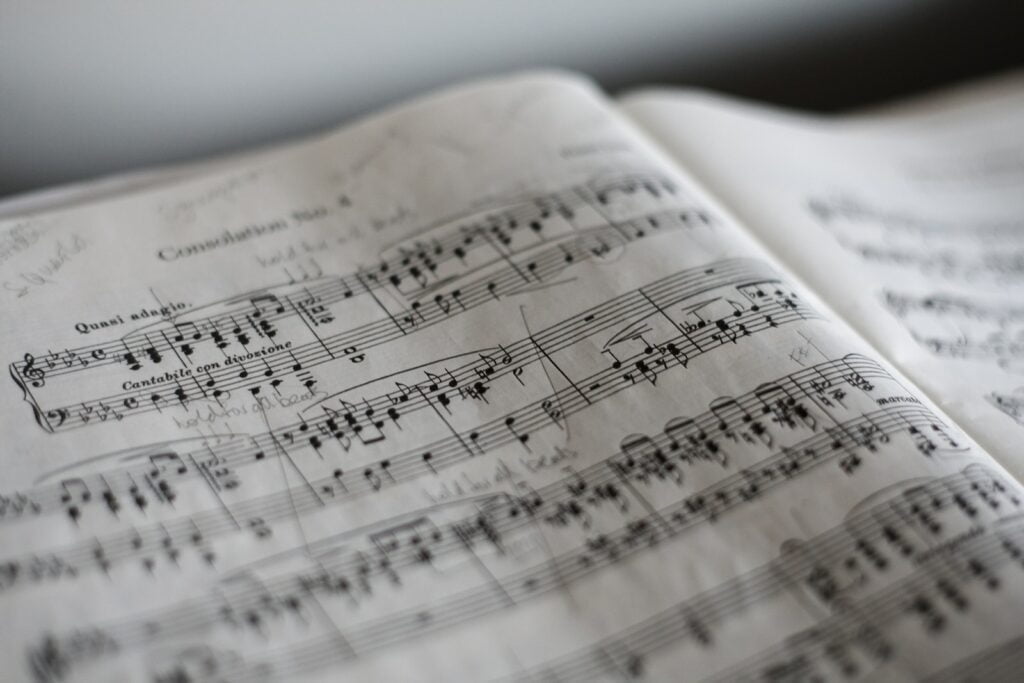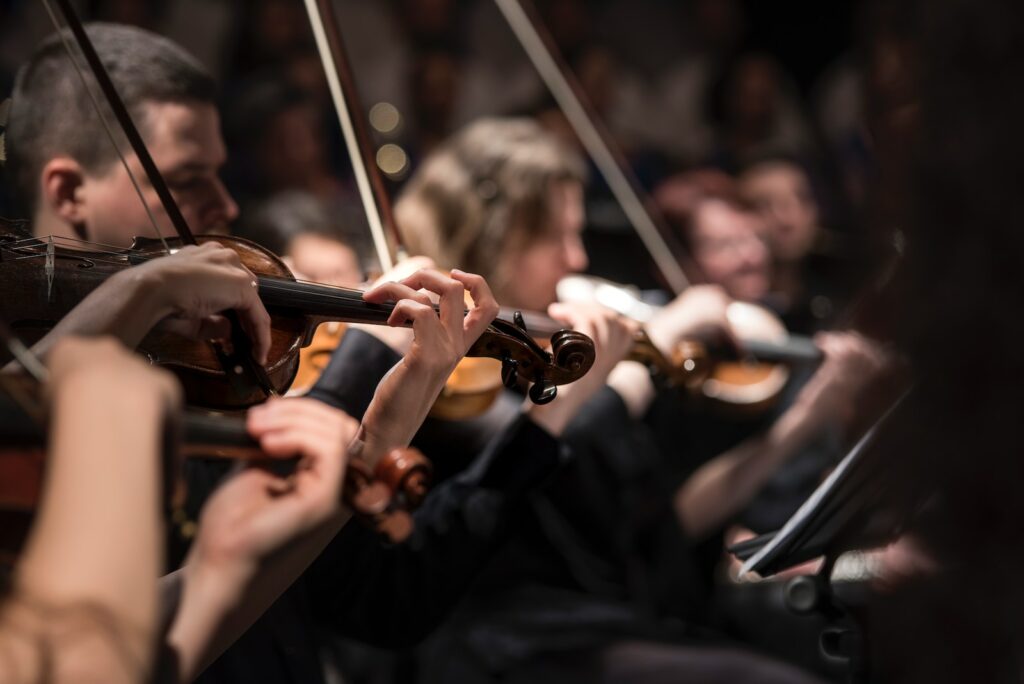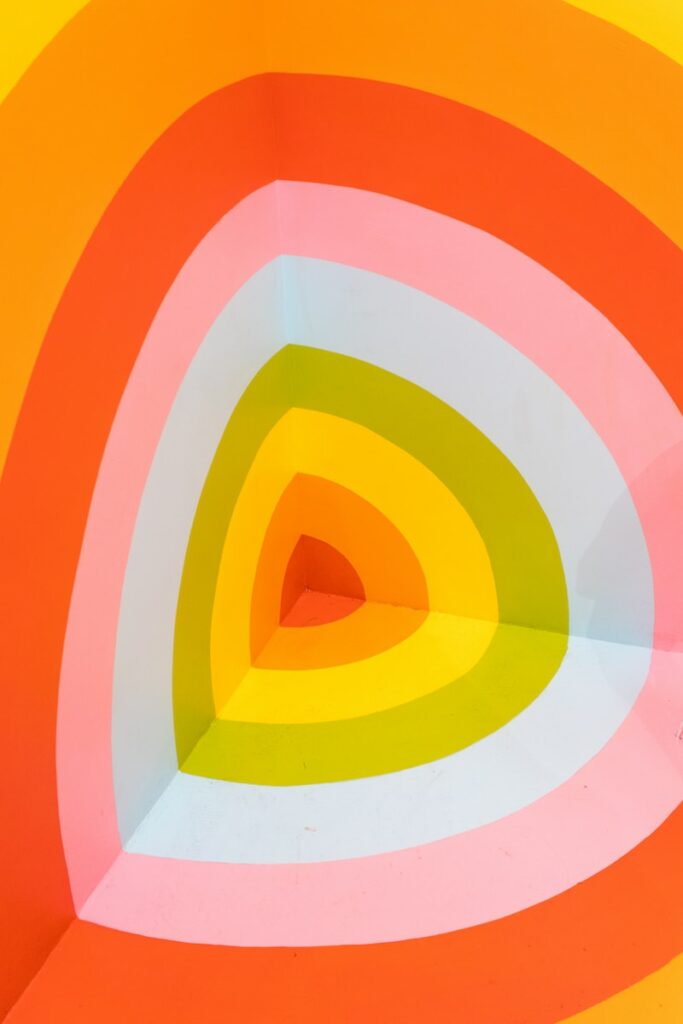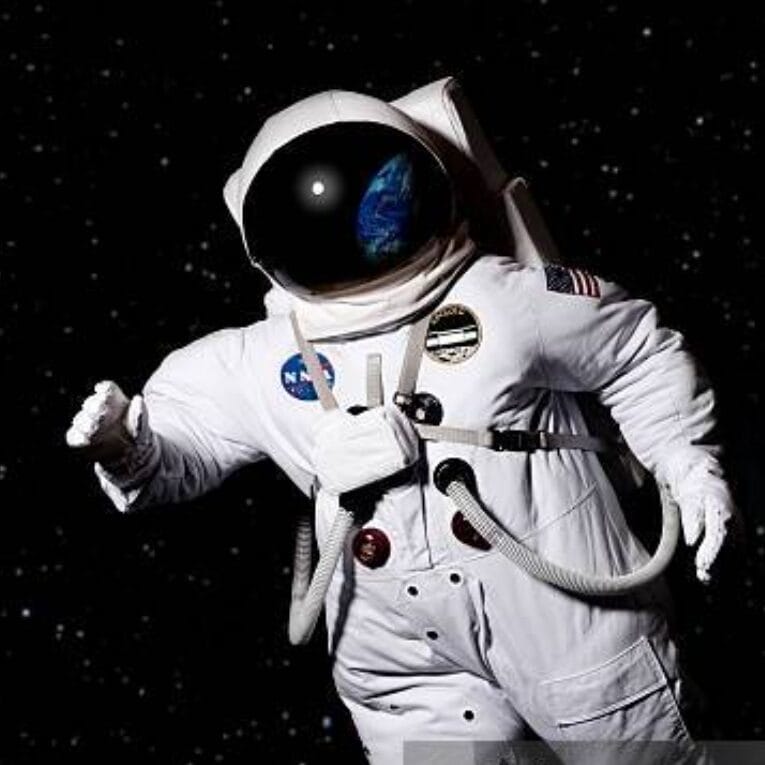In the pursuit of happiness and well-being, we often find ourselves searching for the elusive key to unlock a life filled with joy and contentment. What if the answer lies not in the material world, but in the remarkable power of inspiration? As we embark on an uplifting exploration of the neuroscience behind happiness and well-being, we discover the intimate connection between inspiration and our emotional lives, unearthing profound insights that can illuminate the path to a more fulfilling existence.
True happiness is to enjoy the present… without anxious dependence upon the future.
Seneca
Drawing upon the wisdom of the World Happiness Report, we delve into the intricate workings of the human brain, seeking to understand the complex interplay of neurotransmitters and neural networks that give rise to the experience of happiness. In the words of the report, “Happiness is increasingly considered a proper measure of social progress and a goal of public policy.” By understanding the science behind inspiration, we can harness its transformative potential to boost happiness and well-being in our lives and in the world around us.
Join us as we journey through the inspiring landscape of the human mind, exploring the science and art of inspiration, and unveiling the profound connection between this powerful phenomenon and our quest for happiness and well-being. In the process, we uncover the potential within each of us to cultivate a life filled with joy, purpose, and lasting contentment.

Table of Contents
A profound need for happiness and well-being– a hunger for inspiration
From time immemorial, the quest for happiness and the alleviation of suffering has been a guiding light for humanity, tracing its origins to the teachings of the Buddha, Confucius, Socrates, and countless others. As we reflect on the first decade of the World Happiness Report, it is remarkable to witness the burgeoning interest in happiness and well-being that has captured the hearts and minds of people around the globe. This rising tide of fascination is evident in newspaper articles, Google searches, and academic research, as well as in literature, where conversations on happiness have transcended discussions of income and GDP.
Though this groundswell of enthusiasm predates the inaugural World Happiness Report in 2012, it is awe-inspiring to observe the degree to which these Reports have come to fulfil a profound need – a hunger for a more enlightened understanding of human progress. By shining a light on the essence of happiness and well-being, we can inspire a new generation of individuals to embrace the pursuit of joy and contentment, not only for themselves but for the world as a whole, ushering in a brighter, more compassionate future for all.
Feeling inspired can contribute to a greater sense of overall happiness and well-being. Inspiration triggers the release of mood-enhancing neurotransmitters like dopamine and serotonin, which play a crucial role in regulating our emotions and promoting feelings of satisfaction and contentment. Engaging in activities that inspire us can help build resilience and create a buffer against stress and negative emotions.
Inspiration can be a catalyst for personal growth and self-improvement. When we are inspired by others or by our own achievements, we become more receptive to learning and self-reflection. This openness can lead to the development of new skills, the acquisition of knowledge, and the cultivation of positive habits that contribute to a more fulfilling life.
Finally, inspiration plays an essential role in fostering strong and supportive relationships. When we feel inspired by the people around us, we are more likely to form deeper connections and engage in acts of kindness and compassion. Furthermore, when we share our own stories of inspiration and success, we can inspire others and create a positive ripple effect in our social circles.
Inspiration is a powerful force that can significantly impact our lives in numerous ways. By fostering creativity, increasing productivity, boosting happiness, promoting personal growth, and strengthening relationships, inspiration serves as a vital component of a well-rounded and fulfilling life. As we navigate the complexities of modern living, it is essential to seek out and cultivate sources of inspiration to help us reach our full potential and lead happier, more connected lives.

Where do film-makers and writers find inspiration for great stories?
The creative process is a complex and often mysterious journey, with inspiration coming from various sources. Film-makers and writers, in particular, are tasked with crafting compelling narratives and engaging dialogue that captivate audiences. So, where do these creatives find the inspiration to develop great stories and dialogue? Let’s explore some of the key sources.
Many writers and film-makers draw inspiration from their own lives and experiences, using real-life events as a springboard for their stories. Personal experiences can provide a wealth of material, from emotional moments to unique encounters with interesting characters. By tapping into these experiences, creatives can craft authentic narratives that resonate with audiences on a deeper level.
“Waking up in a prison cell, innocent and in total disassociation, I didn’t even ask myself, ‘What happened?’ When they told me I had to spend my whole life in prison, I just gave up.”
Frank Soonius- Trapped in a Dream
Inspiration can also be found in the world around us. Writers and film-makers may observe the people, places, and events they encounter in their day-to-day lives, using these observations to fuel their creative endeavors. This can include anything from a chance conversation overheard in a café to a striking piece of street art or an intriguing news article. By maintaining an open mind and a keen eye for detail, creatives can find inspiration in even the most mundane aspects of daily life.
History and culture serve as rich sources of inspiration for many writers and film-makers. By delving into the past, creatives can explore the complexities of human nature, the impact of societal norms, and the forces that have shaped our world. Similarly, engaging with various cultures can provide unique perspectives and fresh ideas that challenge conventional narratives and inspire thought-provoking stories.
Great stories and dialogue can also be inspired by other works of art, such as literature, music, paintings, and even other films. These artistic expressions can provide the initial spark for a new idea, allowing creatives to reinterpret, reimagine, or pay homage to the original work in their own unique way. In this process, film-makers and writers can explore different themes, styles, and techniques, ultimately creating something new and captivating.
The power of dreams and imagination should not be underestimated when it comes to finding inspiration for great stories and how they shape the world. Our subconscious minds can conjure up vivid, fantastical worlds and scenarios that can serve as the foundation for a compelling narrative. By tapping into their imaginations, writers and film-makers can create stories that transport audiences to new realms and push the boundaries of what is possible.
The creative process for film-makers and writers is multifaceted, with inspiration coming from various sources. By drawing from personal experiences, observing the world, engaging with history and culture, examining existing works of art, and tapping into the power of dreams and imagination, these creatives can unlock their creativity and bring captivating stories and dialogue to life. As audiences, we are fortunate to experience the fruits of their labour, which enrich our lives, challenge our perspectives, and inspire us in countless ways.

How the inspiration process works to boost happiness & well-being
How do we unearth the creative power that resides within, and connect with the profound beauty of the world around us?
The first stage of this process begins with a moment of revelation, as we encounter a spark of inspiration that resonates deeply within our souls. This spark might come in the form of a breath-taking work of art, a poignant story, or a chance encounter with a kindred spirit. Whatever its source, this spark sets in motion a cascade of emotions, thoughts, and ideas, opening our hearts and minds to new horizons of possibility.
As we embrace the warmth of this inspired state, we find ourselves propelled into a journey of exploration and self-discovery, unearthing hidden talents, passions, and dreams that had previously lain dormant within. As we cultivate these newfound gifts, we begin to experience a profound sense of purpose and fulfillment, which in turn, nurtures our happiness and well-being.
The final stage of this transformative dance is the realization that our own happiness and well-being are inextricably linked to the happiness and well-being of others. Through the power of inspiration, we learn to share our gifts with the world, to uplift and inspire those around us, and to create a ripple effect of joy and harmony that transcends the boundaries of our own lives.
In this wondrous cycle of inspiration, growth, and connection, we discover that the key to a life filled with happiness and well-being lies in our ability to embrace the transformative power of inspiration, to nurture our own unique gifts, and to share the light of our own joy with the world around us.
Inspiration is a complex, multifaceted phenomenon that intertwines with imagination and has deep roots in neuroscience. Understanding how the inspiration process works and its connection to imagination can offer insights into the human mind and its vast creative potential. The process of inspiration typically unfolds in three stages: the preparation, incubation, and illumination stages.
Preparation: In this initial stage, an individual gathers information, explores ideas, and actively engages with the subject matter. This groundwork lays the foundation for inspiration to occur and primes the mind for creative thinking.
Incubation: During the incubation stage, the individual steps back from active problem-solving and allows their mind to wander, often engaging in unrelated activities. This period of mental relaxation fosters the subconscious processing of information and the formation of new connections between seemingly unrelated ideas.
Illumination: The final stage of the inspiration process is characterized by a sudden “aha!” moment, where the individual experiences a breakthrough or insight. This moment of clarity is often accompanied by a surge of positive emotions and a sense of accomplishment.

What connects inspiration to happiness and imagination
As we delve into the enchanting realm of inspiration and its connection to happiness, we uncover a breathtaking symphony of emotions, experiences, and discoveries that illuminate the essence of human fulfillment.
At the heart of this intricate dance between inspiration and happiness lies the extraordinary capacity of the human spirit to embrace new perspectives, forge meaningful connections, and transcend the mundane. When we are inspired, we embark on a transformative journey that elevates our thoughts and emotions, allowing us to tap into a boundless reservoir of creativity and joy.
Inspiration ignites the spark of curiosity within us, fueling our innate desire to explore, learn, and grow. It is through this process of self-discovery that we uncover the unique gifts and talents that lie dormant within, waiting to be unleashed upon the world. As we embrace the power of inspiration, we find ourselves empowered to overcome obstacles, persevere through challenges, and forge a path towards a life of purpose and fulfillment.
Inextricably intertwined with happiness, inspiration serves as a catalyst for positive change, nurturing the seeds of compassion, empathy, and gratitude within our hearts. As we cultivate these virtues, we experience a profound sense of well-being and contentment that radiates outwards, touching the lives of those around us and creating a ripple effect of joy and harmony.
The connection between inspiration and happiness beckons us to embark on a journey of self-exploration and growth, to embrace the wonders of the world with open hearts and curious minds. As we traverse the captivating landscape of human potential, we discover that the key to a life filled with happiness and well-being lies in our ability to harness the transformative power of inspiration, to elevate our spirits, and to unlock the boundless creativity and joy that resides within each of us.
Inspiration and imagination are intimately connected, with imagination serving as the creative engine that drives the inspiration process. Imagination is the ability to envision scenarios, ideas, and possibilities that extend beyond our immediate reality. It allows us to play with concepts, experiment with new ideas, and create mental images of things that do not yet exist.
During the incubation stage of the inspiration process, our imaginations are actively engaged in generating new ideas and making novel connections. These imaginative leaps can lead to the “aha!” moment of illumination, where a unique and inspired solution or idea emerges.
The science behind inspiration and imagination can be traced to specific regions and processes within the brain. While the full intricacies of these phenomena are still being unravelled, research has identified several key brain areas and networks involved in the inspiration process.
Default Mode Network (DMN): The DMN is a network of interconnected brain regions that become active when we are not focused on the outside world and engage in introspection or daydreaming. This network plays a crucial role in the incubation stage of the inspiration process, allowing for the free flow of ideas and fostering creative thinking.
Executive Control Network: This network is responsible for goal-directed behavior and conscious decision-making. It helps to guide and shape the imaginative process, ensuring that our creative thoughts are relevant and productive.
Salience Network: The salience network helps to identify and prioritize important information. It plays a vital role in the inspiration process by filtering and selecting the most promising ideas generated by our imaginations.
Dopamine System: Dopamine is a neurotransmitter that plays a significant role in the reward and motivation systems of the brain. The release of dopamine during the illumination stage of the inspiration process contributes to the pleasurable feelings and sense of accomplishment associated with inspired ideas.
The inspiration process is a complex interplay between preparation, incubation, and illumination, with imagination serving as the driving force behind creative breakthroughs. The science behind inspiration and imagination can be traced to specific brain networks and neurotransmitters that work in concert to facilitate the generation of novel ideas and insights. As we continue to unravel the mysteries of the human mind, our understanding of inspiration and imagination will undoubtedly deepen, offering new avenues for harnessing the immense creative potential that lies within each of us.
We hope we inspired you to delve into the fascinating convergence of inspiration and happiness, recognizing the transformative potential of imagination to unlock the secrets of the human potential and illuminate the boundless creativity and complexity of our inner worlds.
Share your journey and inspire the world – submit your story for a chance to be featured in Rich Woman Magazine!






